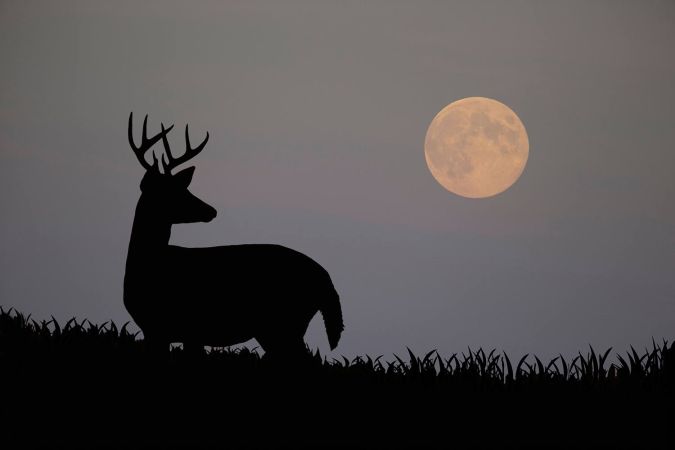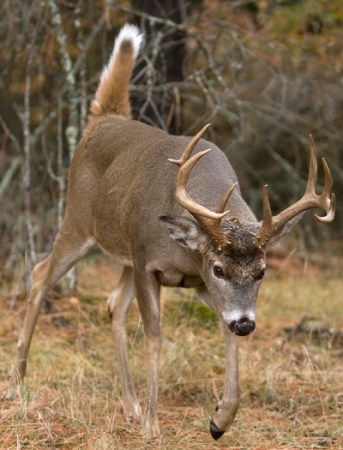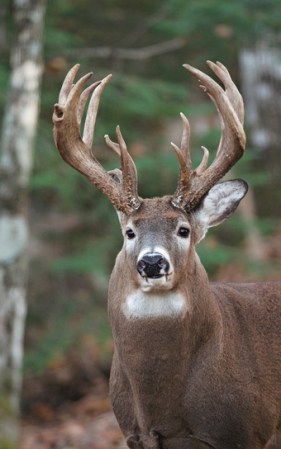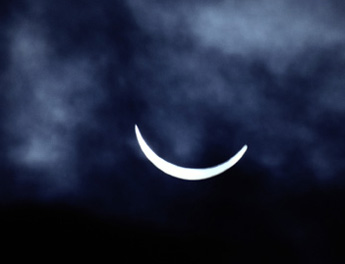Steve Stoltz blows no smoke when he talks about hunting trophy whitetails. “I hang my tree stands in September,” says the St. Louis firefighter, “and the first time I hunt them in November I expect to see big deer.” The guy has a knack for making it happen. Stoltz, who moonlights for the Drury Outdoors video team, has tagged a dozen or so Pope-and-Young-class bucks in recent years. Most of them fell on film the first day he sat in a stand. Here’s his plan.
Phase One
If you didn’t start scouting six months ago, you’re at a disadvantage, says Stoltz. Let this serve as a reminder to scout extra early before next season.
“I hang my stands for the rut, but I look for trees to put them in back in March,” he says. “The cover is off and the woods look pretty much like they will in November. The snow’s melted, and last fall’s sign is easy to see.”
Stoltz studies aerial photographs of the farms he hunts. He zeros in on hollows, strips of timber and creek bottoms that serve as travel corridors for deer. “Seven out of ten times, if a funnel looks good on an aerial you’ll find lots of sign there,” he says. “Since whitetails are habitual, they’ll rut in the same areas every year.”
Stoltz keys on monster rubs. “Only a big deer can rip a tree the size of your calf or thigh,” he notes. He also looks for old scrapes and doe trails. Then he backs off to seek out a setup. “I look for a tree with three things in mind,” he says. “I can get to it quietly. I don’t have to cross any trails on the walk in. And, most important, the wind will be right.”
The trees Stoltz selects for stands are often 75 to 200 yards away from the best sign, even though he bowhunts most of the time. More on this later.
Phase Two
You still can get in on the tail end of phase two. From mid-July through September, watch crop fields within a mile or two of heavily traveled funnels.
“Say one evening I spot two or three deer, 130-class or larger, feeding with does,” Stoltz says. “I know those bucks will be close by, running funnels in November. On the contrary, if I glass several days and don’t see a mature buck, I figure maybe he isn’t around anymore, and I go set stands on another farm.”
Phase Three
In late September the fireman takes a week off from work and hits the woods. He packs API fixed-position stands on his back. In a daypack he carries a step starter, 10 screw-in steps for each perch, a handsaw and a safety belt. He totes a pole trimmer and wears rubber boots and gloves to help hide his scent.
Stoltz finds the trees he picked out in the spring and goes to work. He sets perches 20 to 25 feet high and trims at least three or four shooting lanes (legal on the private ground he hunts). “It makes no sense to bowhunt from a stand you can’t shoot out of,” he says.
After hanging three to five stands a day and marking their locations and “best winds” on aerial photos, Stoltz gets out of the woods. But unlike most archers, he doesn’t come back for early season hunts. “I don’t climb into a stand until the rut conditions are right,” he says.
First Time In
Almost daily in early November, Stoltz phones farmers and asks, “What’s up?” If people are seeing lots of does and small bucks on the lands where he set stands, he stays at the fire station. But the minute he hears of a 140-inch 8-pointer strolling across a field at lunchtime, he’s out of there. “You’ve only got five to seven days when mature bucks are on their feet during daylight hours,” he says. “It’s time to go!”
Stoltz watches the Weather Channel at 4 a.m. and selects a stand based on the winds. He stops several hundred yards from a stand and double-checks things with a squeeze bottle of powder. If the breeze is right he proceeds, but if it has changed he heads for another stand. “I never risk it, no matter how hot aa spot is,” Stoltz says. “If a mature buck winds you just once, you’ve ruined that stand for the season.”
Stoltz expects to see a monster when the sun comes up. But if he doesn’t, he stays on stand all day, munching snacks and sipping water. He even brings an empty bottle, so he doesn’t have to leave his stand when nature calls. “You’re hunting a rut corridor where does are hot and bucks are moving,” he says. “You’re gonna see a big deer if you hang tough.”






